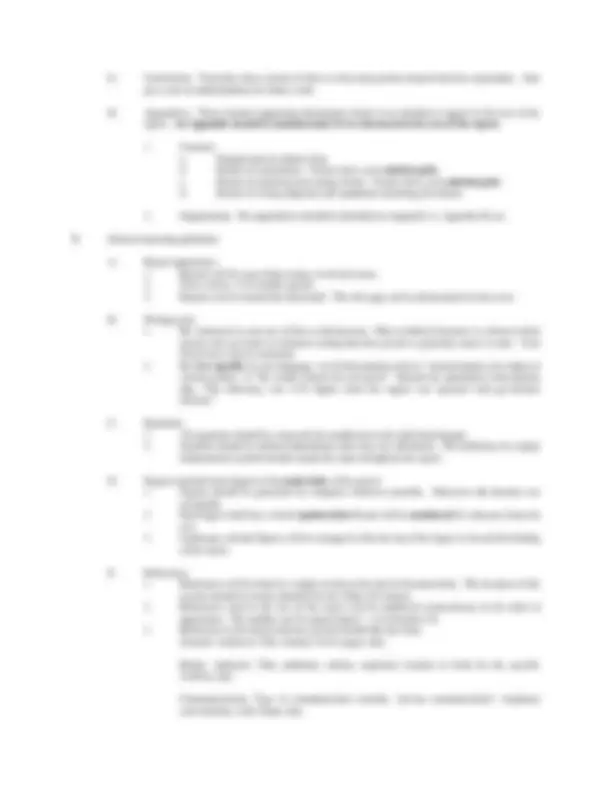



Study with the several resources on Docsity

Earn points by helping other students or get them with a premium plan


Prepare for your exams
Study with the several resources on Docsity

Earn points to download
Earn points by helping other students or get them with a premium plan
Community
Ask the community for help and clear up your study doubts
Discover the best universities in your country according to Docsity users
Free resources
Download our free guides on studying techniques, anxiety management strategies, and thesis advice from Docsity tutors
Material Type: Lab; Class: Experimental Methods for Engineers; Subject: Mechanical Engineering; University: University of Idaho; Term: Unknown 1989;
Typology: Lab Reports
1 / 2

This page cannot be seen from the preview
Don't miss anything!


I. Contents of Report
A. Title Page. Contains title, who wrote the report, when the report was submitted, to whom the report was submitted. Also, the location where the experiment was conducted and the date and time that it was conducted.
B. Abstract. The abstract summarizes the report and should be no longer than 200 words. The abstract should contain information that is as specific as possible. For example, when describing results, summarize them in quantitative form. Write the abstract last.
C. Objectives.
D. Methods. The purpose of this section is to describe your test procedure and the equipment that you used.
E. Results. The purpose of this section is to communicate the results of the experiment.
F. Discussion. The purpose of this section is to explain the results as well as their significance (interpretations and insights).
G. Conclusions. Typically, these consist of three or four main points learned from the experiment. Also give your recommendations for future work.
H. Appendices. These include supporting information which is too detailed to appear in the text of the report. An Appendix should be included only if it is referenced in the text of the report.
II. General reporting guidelines.
A. Report appearance.
B. Writing style.
C. Equations.
D. Figures (include most figures in the main body of the report)
E. References.
Books: Author(s), Title, publisher, edition, (optional: location in book for the specific citation), date.
Communications: Type of communication (usually, "private communication", telephone conversation), with whom, date.